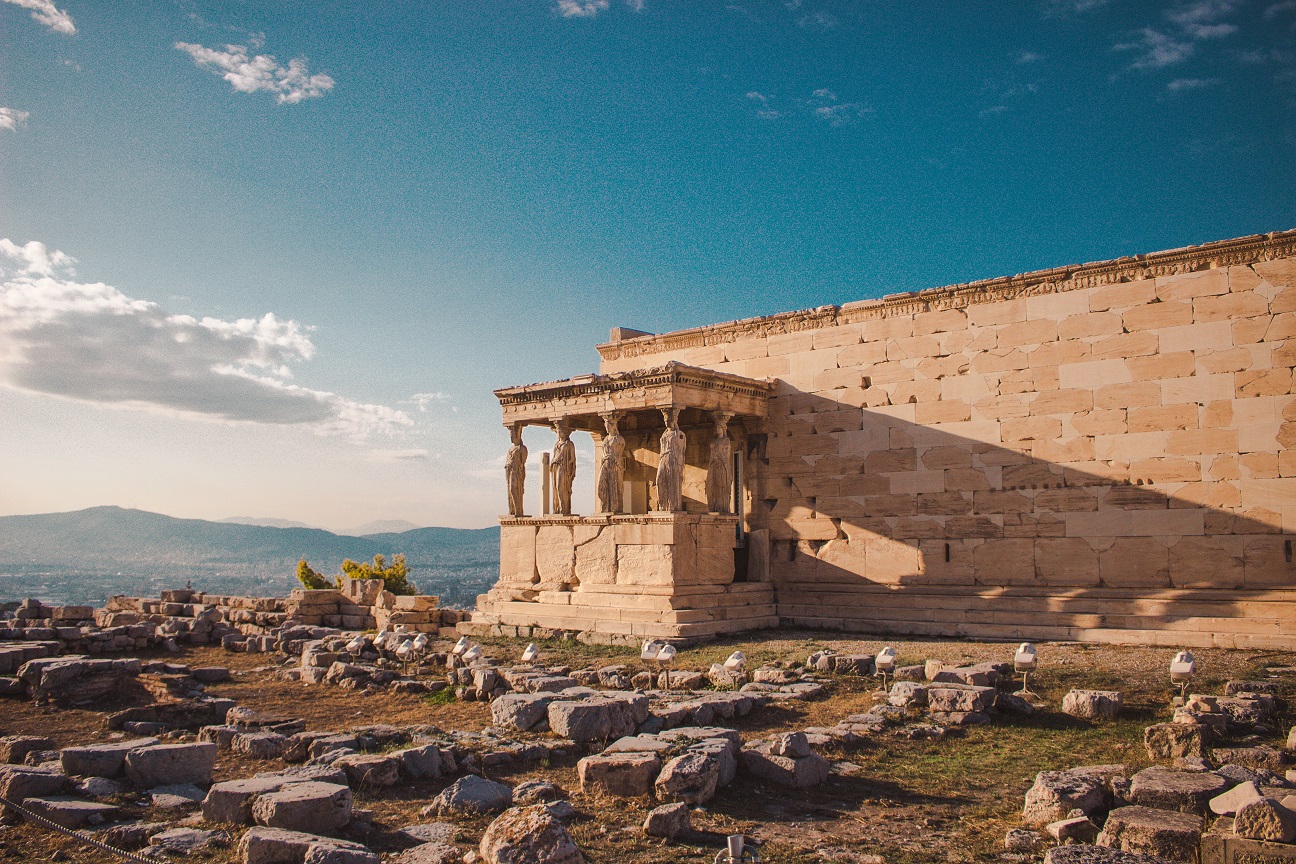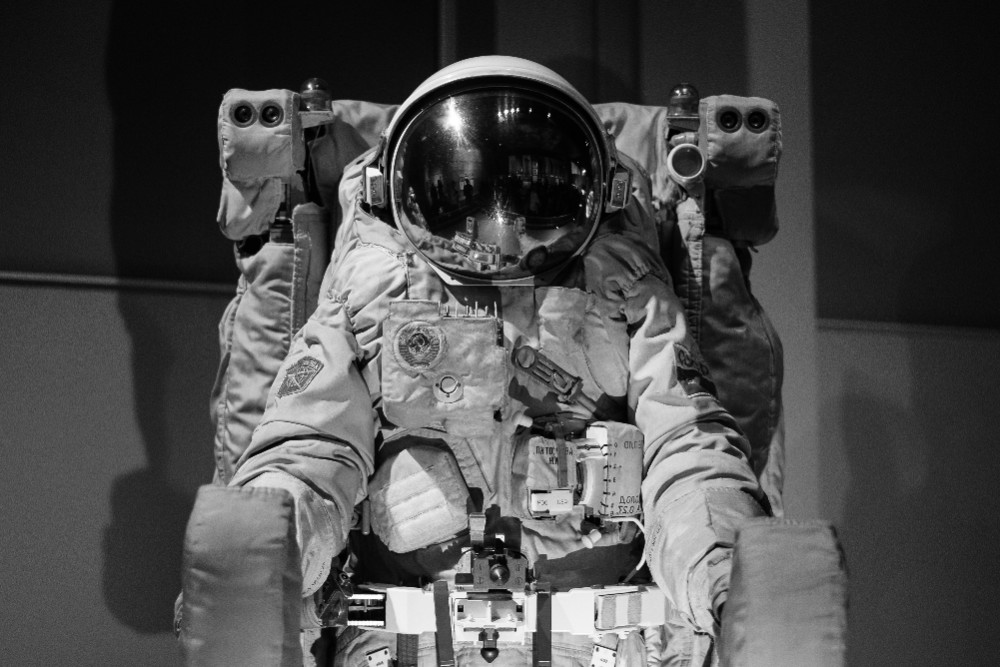Cultural heritage is no different from any other industry: it’s shaped and constrained by money. While the Leaning Tower of Pisas and Notre Dames of this world have enough resources and attention to always be safe, even if they burn down, can the same be said for the more tucked-away monasteries and castles?
The answer, sadly, is no. At the Hagia Tekla Basilica cistern in Turkey, for instance, years of structural neglect led to the collapse of one of the supporting columns.
Part of the problem is that ancient buildings don’t come with geometric scans to show which parts face the largest strain and are at the highest risk of collapse. Heritage experts have to do that work themselves — embarking on a long, tedious process that can sometimes take weeks. It’s much less likely that this would happen without a strong financial or social incentive.
Dr Stefan Kollmannsberger, László Kudela and Prof. Ernst Rank at Technical University of Munich (TUM) approached the challenge like a mechanical and computational engineering problem: is it possible to make the transition from geometrical scan to mechanical computations faster, more efficient, and therefore more widespread?
They believe they’ve found a way… using mobile phones.
“Our method is to deal with the point cloud directly,” Dr Kollmannsberger told Global Shakers. “We’ve designed a method that from pictures can go directly to structural analysis.”
In short, mobile phone photos, taken from the right positions, can be used to render the structure — slicing the time needed for analysis from weeks to hours. It’s not just useful for ancient buildings, but anything old that does not already come with a geometric model.
Like all good researchers, he’s quick to note that there are limitations. “The problem with an ancient structure is you don’t know what’s inside [each element of the building]. It could be hollow — you don’t know.
“The assumption we have is that it’s full of some material. The method is well applicable to stone structures.”
This limitation makes it difficult for the current method to be applied to bridges, for instance, which have lots of space.
Nonetheless, the academic is optimistic about the potential for the future. His team is assessing a new research project using methods from geology called “full-waveform inversion.” This applies a sound source to the surface of a structure and allows researchers to take an “advanced guess”, using the speed of sound — much like doctors do with an ultrasound scan — to reconstruct the inside of an object.

A computer model of the cistern of the Ayatekla Basilica. Image: Lehrstuhl für Computation in Engineering / TUM
Commercial applications at Technical University of Munich
Kollmannsberger is clear that while the new method is not easy to replicate, the technology allows people to do more with pictures than just look at them — to “see how forces flow through them or how they would withstand stresses.”
This could form the basis for a more general startup company, which deals with “the general problem of having images and coming up with computations of these images.”
The next steps are to evaluate the market and work out which industry would be best suited to the applications. On additive manufacturing, for instance, the scanning method could be used to assess “the quality of these parts, the stability of these parts, and if they have to go into the trash bin or if they can be used.”
Currently, a lecturer and team leader in Applied Mechanics at the Technical University of Munich, Kollmannsberger intends to be an advisor to the company as it looks for funding and develops further.
“The press and universities generally want a ‘wow, we changed the world’ kind of thing,” he concluded, reflecting on the challenges of navigating the difficult terrain between popular science and staying credible. “That is possible, but it’s a slow process and there are many questions unanswered in the process.”
He continued: “It’s hard work. We’re not saving the world with this. We’re just adding a stone to it and I think we can make things easier and better.
“Let’s see where we go.”




